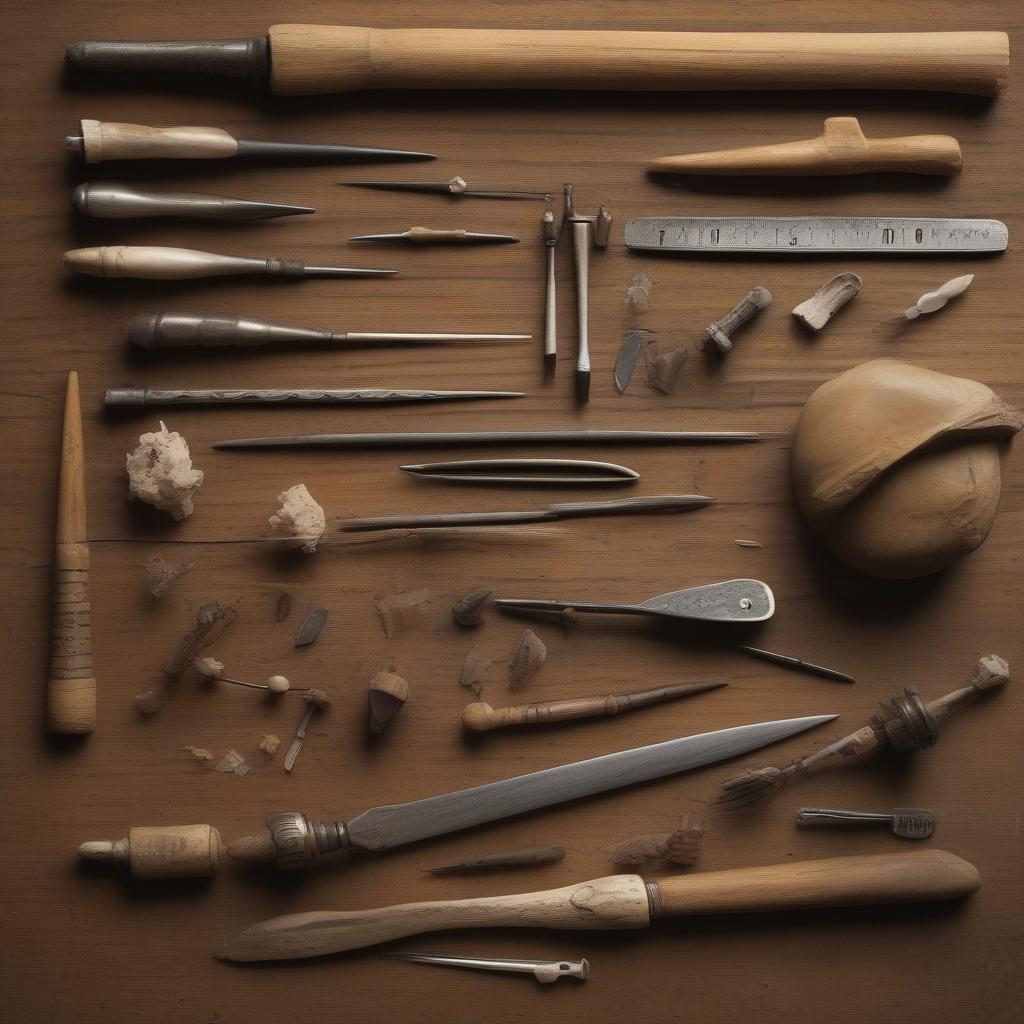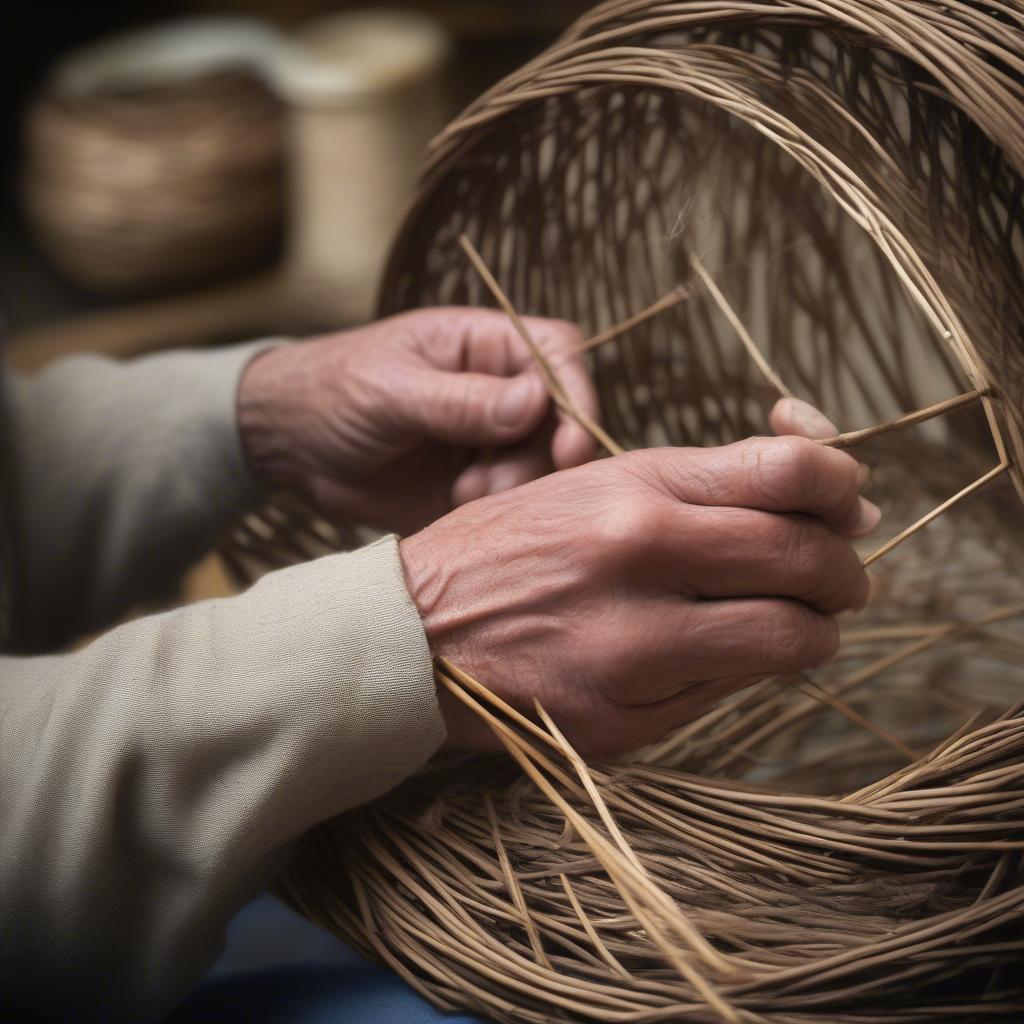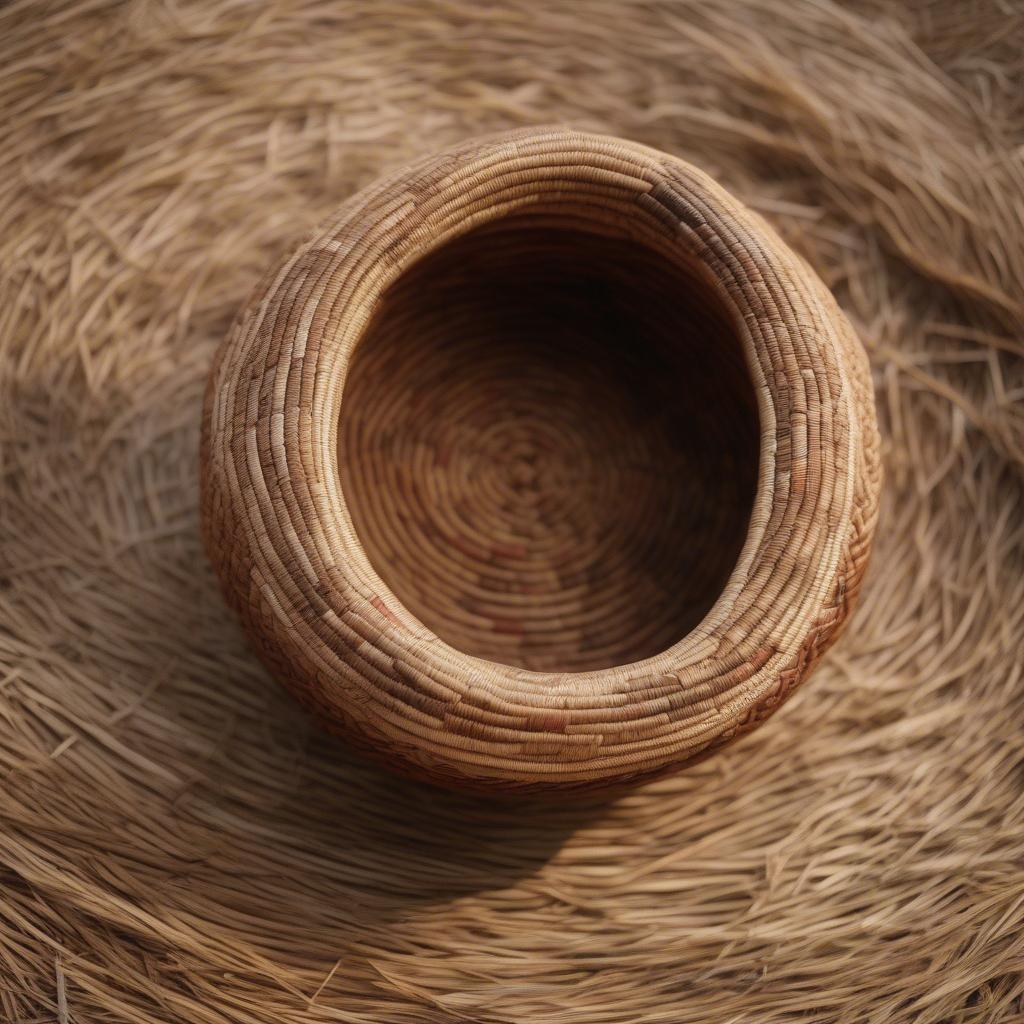Basket Weaving
Medieval Basket Weaving Instructions: A Journey Through Time
Medieval basket weaving was a vital skill, producing essential items for daily life from storing grains to carrying goods. This article delves into the techniques and materials used in medieval basket weaving, providing a glimpse into the craftsmanship of the past and offering inspiration for modern basket makers.
 Medieval Basket Weaving Tools: A selection of awls, knives, and bodkins used for crafting intricate basketry in the medieval period.
Medieval Basket Weaving Tools: A selection of awls, knives, and bodkins used for crafting intricate basketry in the medieval period.
Wicker and rattan, while readily available today, weren’t common materials in medieval Europe. Instead, readily available local materials like willow, hazel, rush, and various grasses formed the backbone of their basketry. Understanding these material choices reveals much about the resourcefulness and practicality of medieval artisans. These natural materials were strong, flexible, and readily renewable, ensuring a consistent supply for basket makers. The specific material used often depended on the basket’s intended function and the regional availability of resources.
Uncovering Medieval Basket Weaving Techniques
While written instructions are scarce, archaeological finds and artistic depictions provide insights into medieval basket weaving techniques. These sources suggest that twining and coiling were the most common methods. Twining involved interweaving flexible strands around rigid uprights, creating a strong and durable basket. Coiling, on the other hand, involved spiraling a foundation material and stitching it together with another, more flexible strand.
 Medieval Basket Twining Technique: A close-up demonstration of the twining technique, showcasing how weavers interlaced flexible strands around rigid uprights.
Medieval Basket Twining Technique: A close-up demonstration of the twining technique, showcasing how weavers interlaced flexible strands around rigid uprights.
Were Medieval Baskets Decorated?
Beyond functionality, some medieval baskets exhibited decorative elements, showcasing the artisan’s creativity. Simple patterns achieved through the use of dyed materials or variations in weaving techniques added visual appeal. Occasionally, more elaborate embellishments like carved bone toggles or leather straps adorned these woven masterpieces.
Recreating Medieval Basketry: A Practical Guide
While precise Medieval Basket Weaving Instructions are rare, exploring traditional basketry techniques can offer a pathway to understanding the craft. Begin by experimenting with common medieval materials like willow or rush. Practicing basic weaving techniques like twining and coiling will develop your skills and provide insight into the challenges and rewards faced by medieval basket makers.
What Tools Did Medieval Basket Weavers Use?
Medieval basket weavers utilized simple yet effective tools. Bone awls, knives, and bodkins aided in piercing, splitting, and manipulating the weaving materials. These tools, often crafted by hand, demonstrate the self-sufficiency of medieval artisans.
 Medieval Coiled Basket Example: A completed coiled basket, showcasing the tight stitching and spiral structure typical of this technique.
Medieval Coiled Basket Example: A completed coiled basket, showcasing the tight stitching and spiral structure typical of this technique.
“Basket weaving in the medieval period wasn’t just a craft; it was an integral part of daily life,” says Amelia Weaver, a historical textile expert at the British Museum. “These baskets were essential tools, and their creation reflected the resourcefulness and ingenuity of the people who made them.”
Conclusion: Weaving a Connection to the Past
Medieval basket weaving instructions may be lost to time, but by studying historical evidence and experimenting with traditional techniques, we can gain a deeper appreciation for this ancient craft. By understanding the materials, methods, and significance of medieval basketry, we connect with the ingenuity and artistry of those who came before us.
Frequently Asked Questions
- What materials were used for medieval baskets? Primarily natural, locally sourced materials like willow, hazel, rush, and various grasses.
- What were the common weaving techniques? Twining and coiling were the most prevalent techniques.
- Were medieval baskets decorated? Some baskets featured decorative elements like dyed materials, varied weaving patterns, and bone or leather embellishments.
- What tools were used in medieval basket weaving? Simple tools like bone awls, knives, and bodkins were used.
- How can I learn more about medieval basketry? Researching traditional basket weaving techniques and experimenting with period-appropriate materials can provide valuable insights.
“The beauty of medieval basketry lies not just in its functionality, but also in the connection it provides to the past,” adds Dr. Thomas Reed, archaeologist specializing in medieval crafts. “Each basket tells a story of resourcefulness, skill, and the daily lives of those who created them.”
“Exploring historical basket weaving techniques can offer a unique perspective on the artistry and ingenuity of medieval craftspeople,” remarks Eleanor Willowbrook, a master basket weaver with decades of experience. “It’s a tangible link to the past, allowing us to appreciate the resourcefulness and skill of those who came before us.”
For further assistance, contact our 24/7 customer service team at Hotline: +84 388 951 999, or visit our offices located in Hanoi, Vietnam or Tech Avenue, Suite 12, San Francisco, CA 94105, USA.
